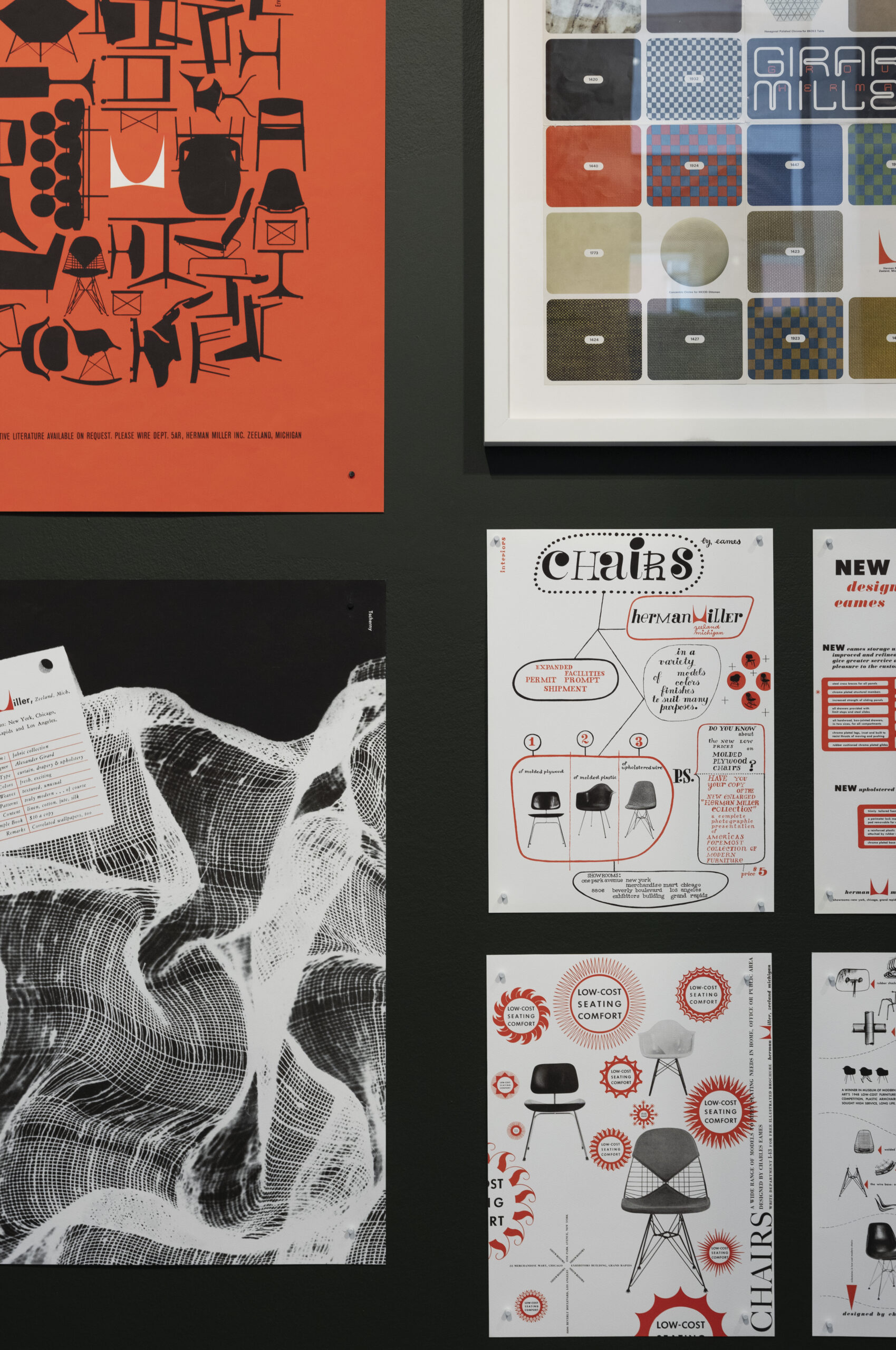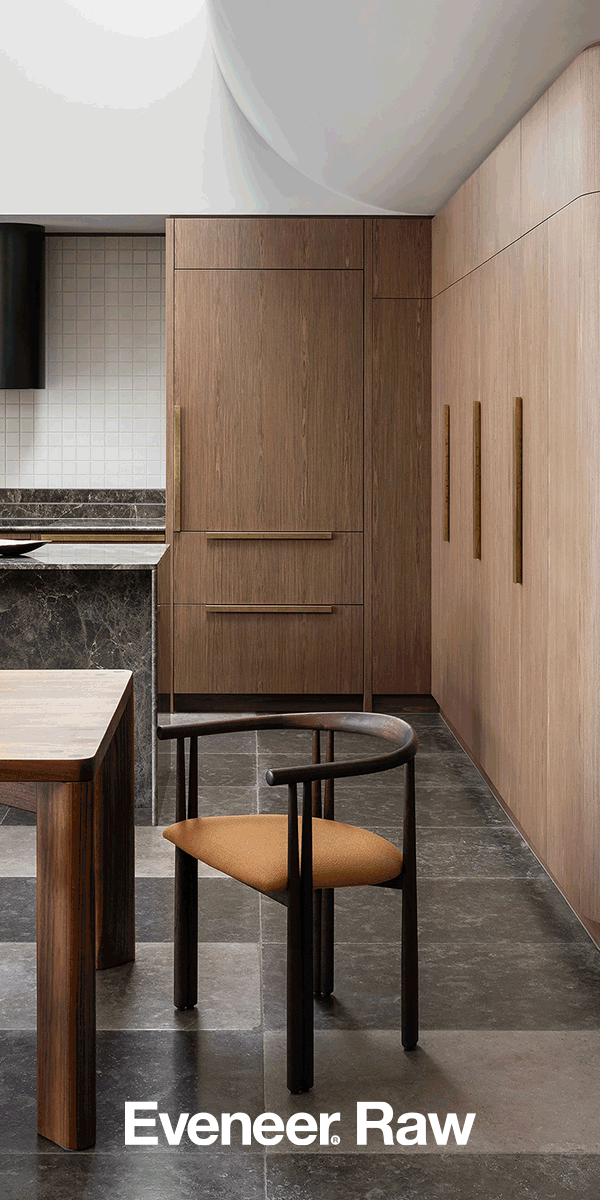After nearly two decades of design, problem solving and innovation, NaughtOne has unveiled its compelling rebrand, strengthening its core beliefs,...
100 Years of Graphic Design: Herman Miller
Renowned for their longstanding collaborations with design visionaries such as the Eames Office and the ground-breaking Studio 7.5, Herman Miller has expanded its strategic approach by emphasising its illustrious heritage in graphic design.

Herman Miller 100 Salone Milano 2023
At the Salon di Mobile in Milan, Herman Miller recently commemorated its 100-year anniversary of pioneering and influential design. Renowned for their longstanding collaborations with design visionaries such as the Eames Office and the ground-breaking Studio 7.5, Herman Miller has expanded its strategic approach by emphasising its illustrious heritage in graphic design.
Established in 1905 with a primary emphasis on producing furniture in revival styles, the company underwent a significant transformation in 1923 when it rebranded as Herman Miller. This rebranding marked a notable shift in focus, aligning the company with the emerging Modern movement. Playing a pivotal role in solidifying this shift was Gilbert Rohde, who, with his architectural background rooted in the Bauhaus, became an exciting choice as Herman Miller's inaugural design director. Adding to the momentum, Peggy Rohde, Gilbert's wife, contributed as the company's first graphic designer. With her training as an artist at the Pratt Institute in New York and the Yale School of Art, Peggy played a vital role in heralding the transition from traditional to modern design at Herman Miller.
Starting from 1945, Herman Miller’s graphic design team, led by George Nelson, played a pivotal role in shaping and presenting the narrative of post-war modern living to the world.
Similar to the furniture itself, the graphic design featured sleek lines, vibrant colours, and striking shapes, becoming synonymous with the mid-century aesthetic. As the brand continued its journey throughout the latter half of the twentieth century, it attracted the industry's most renowned graphic designers who left their indelible mark on the brand's visual identity. In the 1960s, John Massey led the team with a distinct focus on Helvetica typography. The 1970s then witnessed Steve Frykholm's creation of the Summer Picnic Series, which brought joy and excitement. In the following decades, Barbara Loveland and Linda Powell fearlessly guided the company through the era of post-modernism in the 1980s and 90s. Throughout these transitions, it remains evident that Herman Miller's graphic materials have consistently remained at the forefront, showcasing the same level of innovation and meticulousness as their furniture.
The exhibition will soon re-open in Chicago for MillerKnoll Design Days in June.
A special centenary edition of Phaidon Monograph Herman Miller: A Way of Living is now available.

Herman Miller 100 Salone Milano 2023

